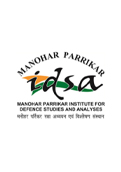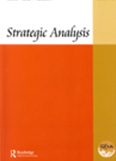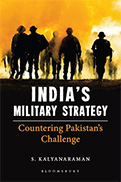The India-Pakistan Bonhomie Continues
The review of the composite bilateral dialogue process by the Foreign Ministers of India and Pakistan on May 22 at Islamabad was significant in many ways. This was the first ever review, that too during the course of the first ever high level visit by an Indian minister after the new government took power in Pakistan. Both countries have accepted a gradual process of resolving the outstanding issues between them. Pakistan has said that it is important to raise awareness among the people about their stake in the peace process.
- Smruti S. Pattanaik
- May 30, 2008








